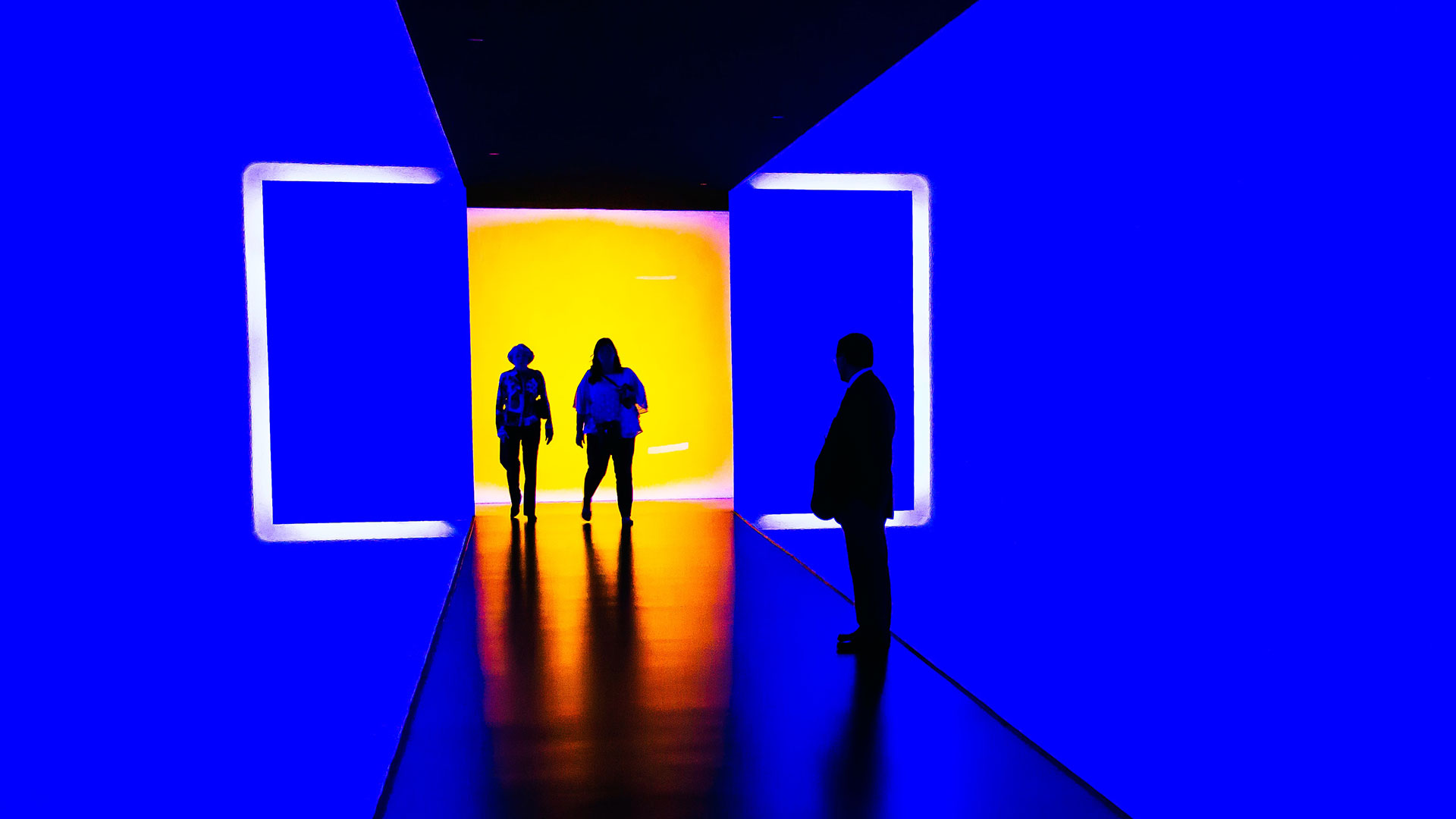A holisticecosystem designed around creativity.
In the world of biology, an ecosystem is defined as “a strategy for the integrated management of land, water and living resources that promotes conservation and sustainable use in an equitable way.”
What does this have to do with advertising? While we may not be worried about the elements of nature like land and water, we are in the business of nurturing and balancing a delicate creative environment—one in which integration, sustainability and conservation of resources, talent and skills are equally important.
The past year has also underscored the need for adaptability, which is a defining feature and key benefit of an ecosystem approach. A healthy ecosystem is ready to adapt to change at any moment, and with the rapid pace of change in our industry, the ability to operate nimbly on a global stage puts agencies at a huge advantage.
Indeed, coming out of the pandemic, everything in the ad space, consumer landscape and larger global work environment has changed, and a comparable shift in how agencies foster and nurture creativity will be key to post-pandemic success.
Forget the traditional siloed agency model; here’s how to shift your focus and design a holistic ecosystem around creativity that will take your agency to new heights:
Look outside your individual agency to expand your footprint and build partnerships.
Agencies need to embrace a forward-looking approach as they start to design their ecosystem. It’s about building an ecosystem for the future. Our industry has historically been very insular and dominated by self-interest. That focus feels outdated and needs to change.
We need a different type of agency with a different skill set to compete in the future landscape. Agencies should strive to move quickly, work collaboratively and be generous with ideas. This will allow them to attract diverse talent from all over the globe and engage clients and consumers alike on a deeper, more authentic level.
Embrace flexibility for your team and foster collaboration.
Imagining the world as it could be, I suggest that agencies reorient themselves around an ecosystem model. This means creating a dynamic and adaptable work environment—that may span multiple locations and home offices—that is capable of hosting a variety of experiences and people, allowing them all to thrive.
Make creativity and collaboration the central tenets around which you build your post-pandemic agency ecosystem, with the ability to scale and an embrace of hybrid work that are the offshoots of that system.
Put the human experience first (whether it’s your employees, clients or their customers).
It’s no secret that the advertising industry needs to reimagine how we organize, collaborate and solve. The key to success in this endeavor is the integration of human connection throughout all aspects of your business. Addressing the location of the office and how collaboration will continue is imperative to your team’s success.
Agencies should strive to nurture relationships so they can be responsive to human needs across employees, partners and clients. And when it comes to client organization, a one-size-fits-all approach is not the answer. Building a strategy around a client’s specific needs and creating an ecosystem that can quickly respond to these needs as they evolve will serve the client best.
In everything agencies do, encompassing human touch should be front of mind. As an industry, we often put all our effort into the campaign, but what about the audience? A humanistic approach that thinks first of the audience experience will help our clients, their customers and our own agencies continue to thrive.
No longer a single location, the agency ecosystem integrates home offices, corporate headquarters, pop-ups and more.
Gone are the days of scheduling conference rooms, staring across the table and waiting for an idea to take hold. A healthy ecosystem doesn’t look back, but instead adapts to the evolving landscape, which in this case means new forms of collaboration that foster creativity while honoring people’s willingness to relocate or work remotely.
We have to expand our view of the office, to consider the larger ecosystem of people working across different physical spaces. The agency ecosystems of the future should span not only the headquarters, but satellite offices, home work spaces and even “pop-up shop” style teams around the world
The bottom line
As we enter a new world as an industry, accepting the change before us and allowing the evolution of our work efforts is imperative. That evolution extends to the work constructs our agencies create. An ecosystem that prioritizes collaboration and creativity with a humanistic POV will ensure clients, employees and the agency itself will thrive in the post-pandemic landscape.
—
Guest Author: www.musebycl.io
This article first appeared in www.musebycl.io Seeking to build and grow your brand using the force of consumer insight, strategic foresight, creative disruption and technology prowess? Talk to us at +971 50 6254340 or engage@groupisd.com or visit www.groupisd.com/story

